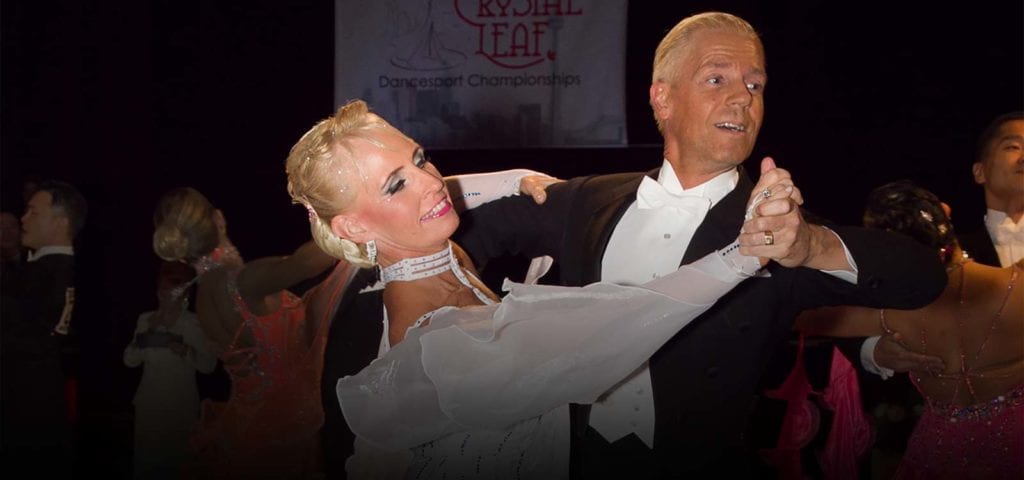
Learn the Waltz with George and Wendy. Your teachers go through the basic steps of the Slow Waltz in detail to help you look great on the dance floor.
Posts about how to dance

Learn the Waltz with George and Wendy. Your teachers go through the basic steps of the Slow Waltz in detail to help you look great on the dance floor.
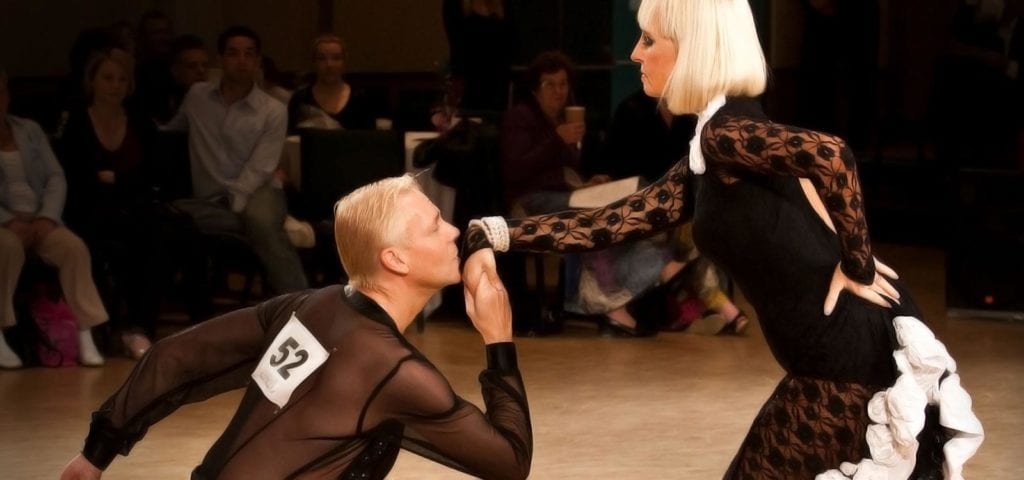
A complete Intermediate Samba video dance course that takes you all the way around the floor with Bronze, Silver and some Gold step patterns.

A brief 10 minute look at the stretch (for both gentlemen and ladies) in the Ballroom dances.

30-minute video exploring the different holds and positions used in the Ballroom dances.
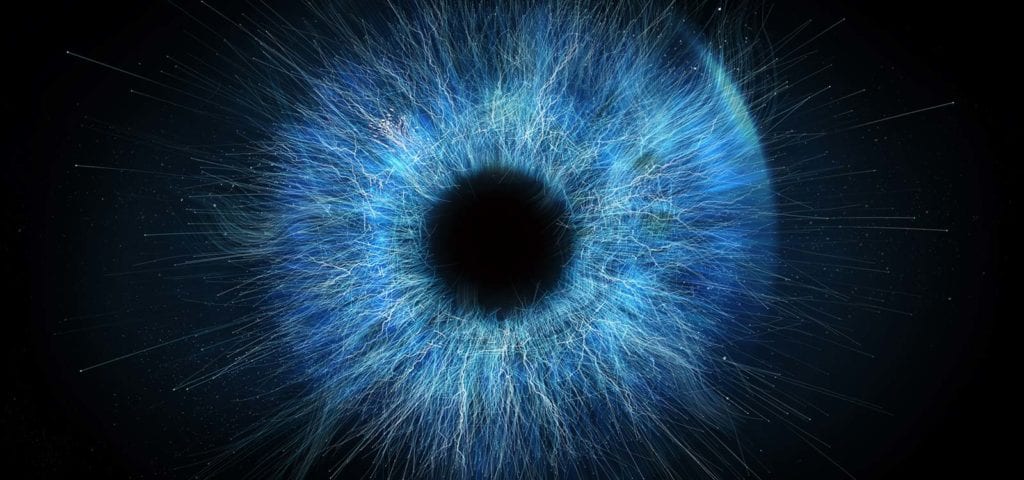
One powerful aspect of dancing is often overlooked: spatial awareness. Here’s more information about how you can develop this skill in your dancing.

There are three types of rotation that affect dance movements. This article looks at all three of these in more detail, to help experienced dancers create more connected rotational movement.
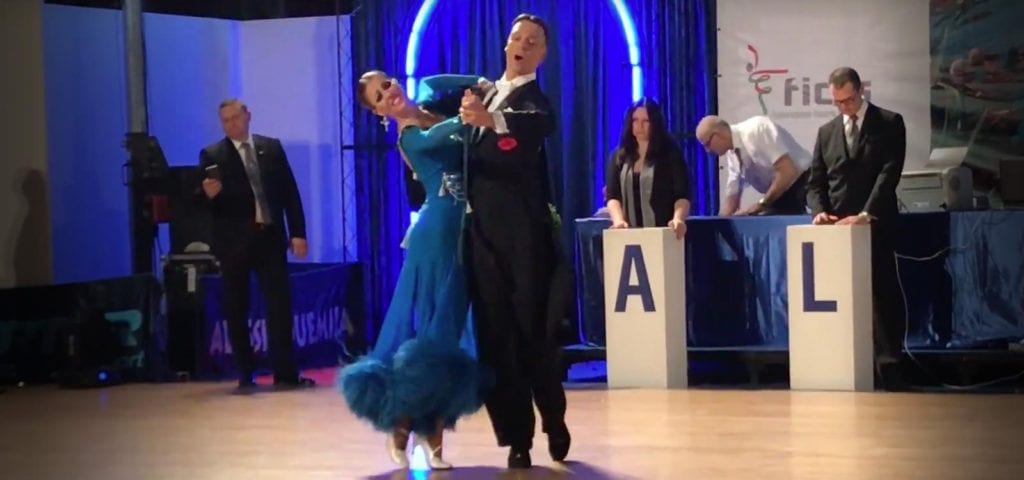
When you evaluate step elements in your routines and understand their characteristics, you’ll be able to better approach your choreography with depth.
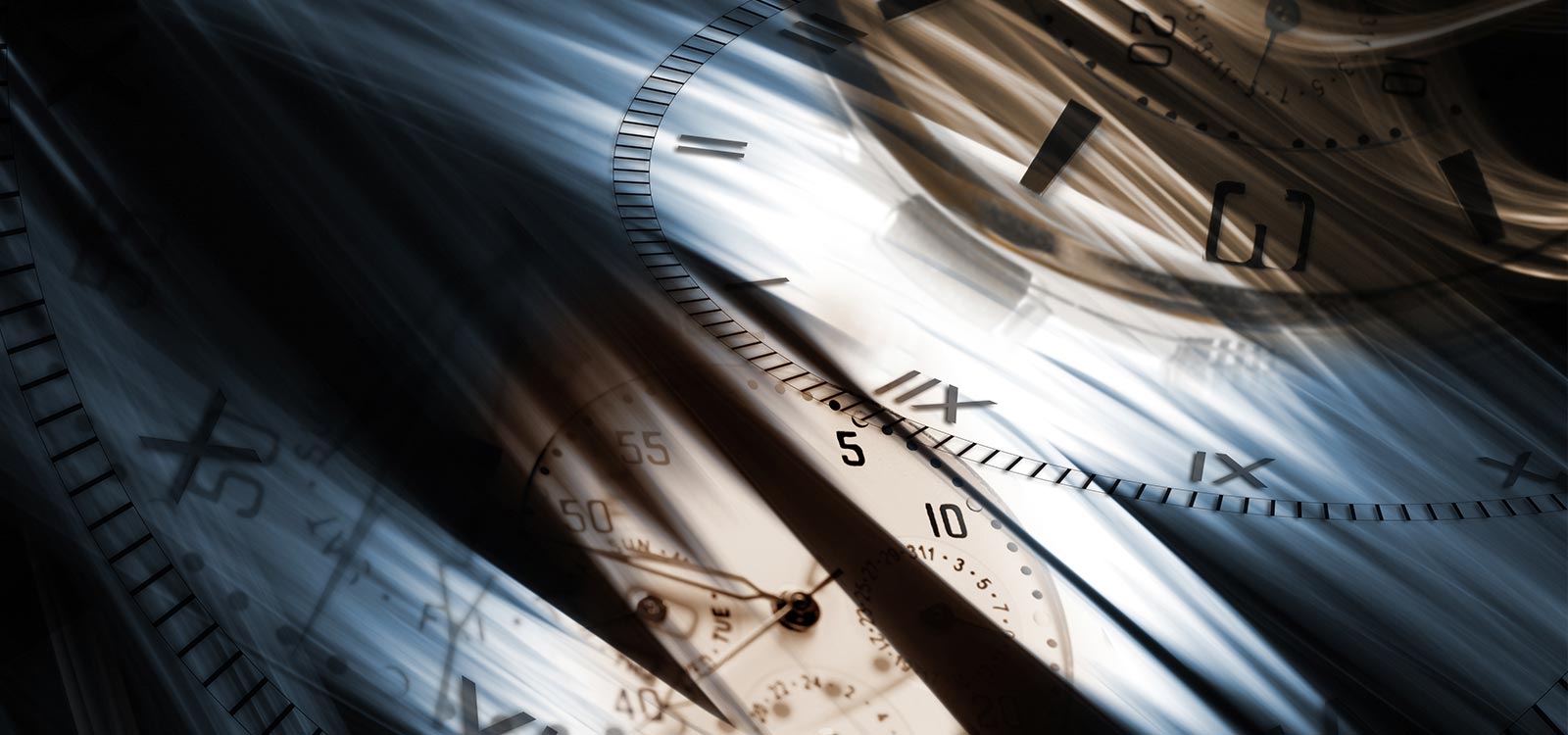
All ballroom dancers are aware that the Slow Foxtrot is the most difficult dance to master in the Ballroom genre. A key reason is the unusual timing in Slow Foxtrot.
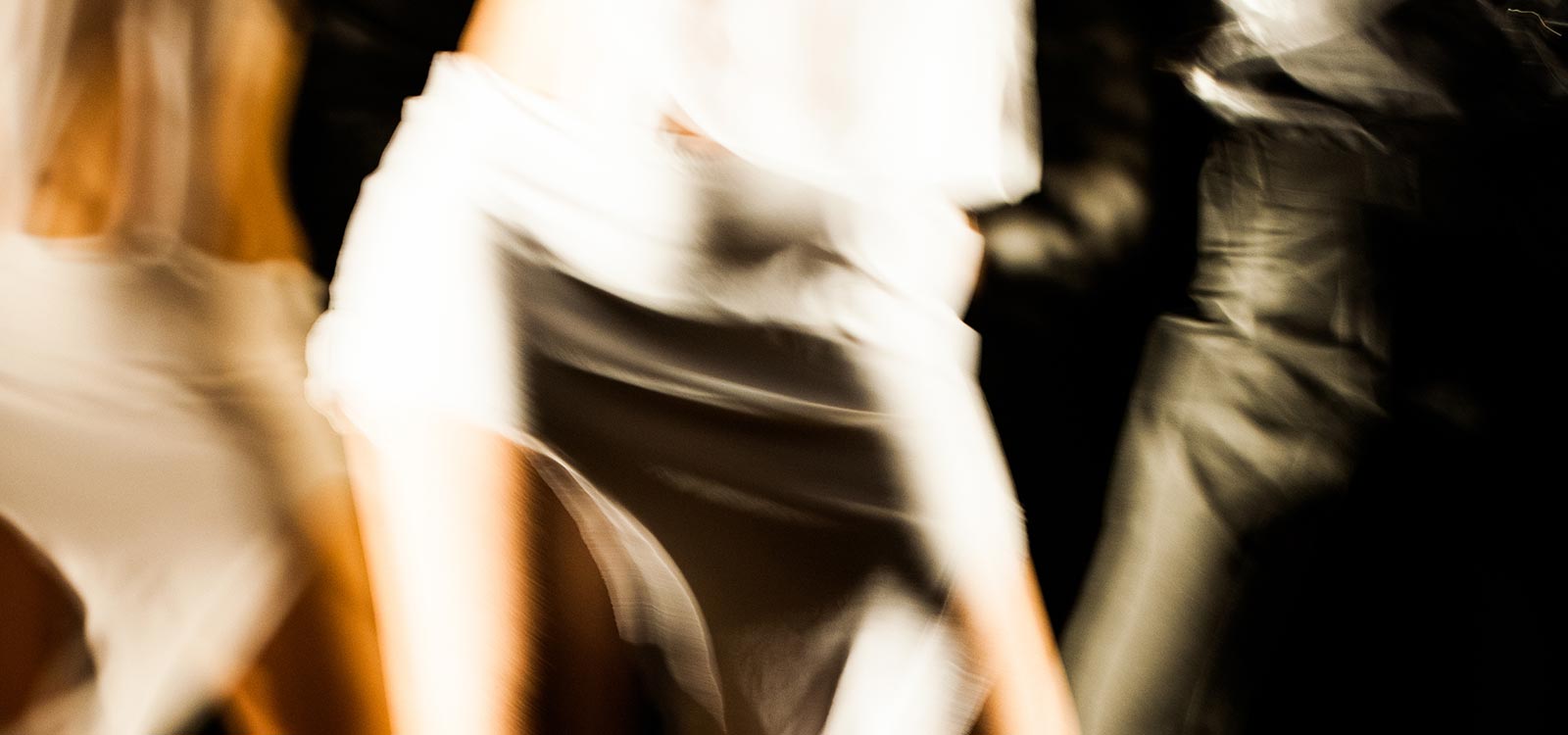
What does Len Goodman really mean when he tells a competitor that he didn’t see enough hip action? Here are some insights.
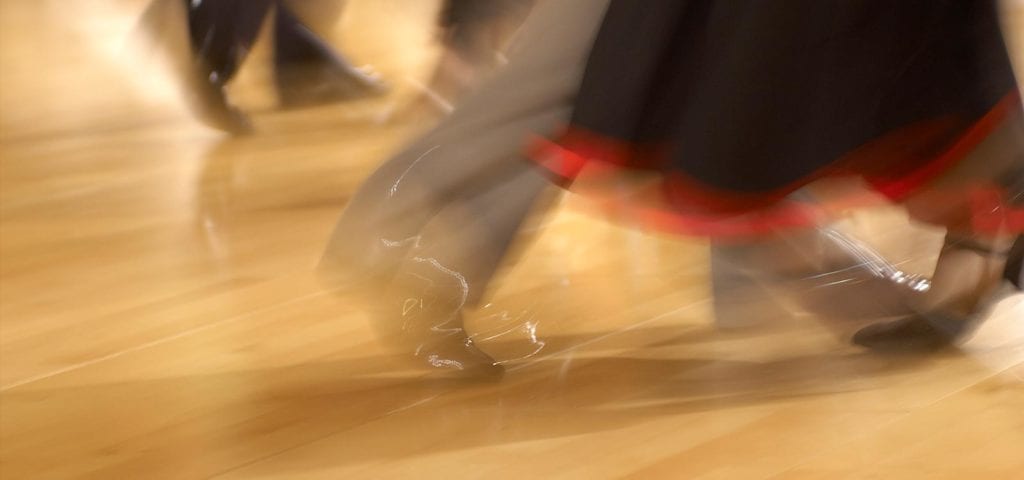
The Waltz Chasse is one of the most basic figures in the International-style Waltz syllabus, yet many social dancers don’t understand the dynamics of this figure. Here’s what you need to know.
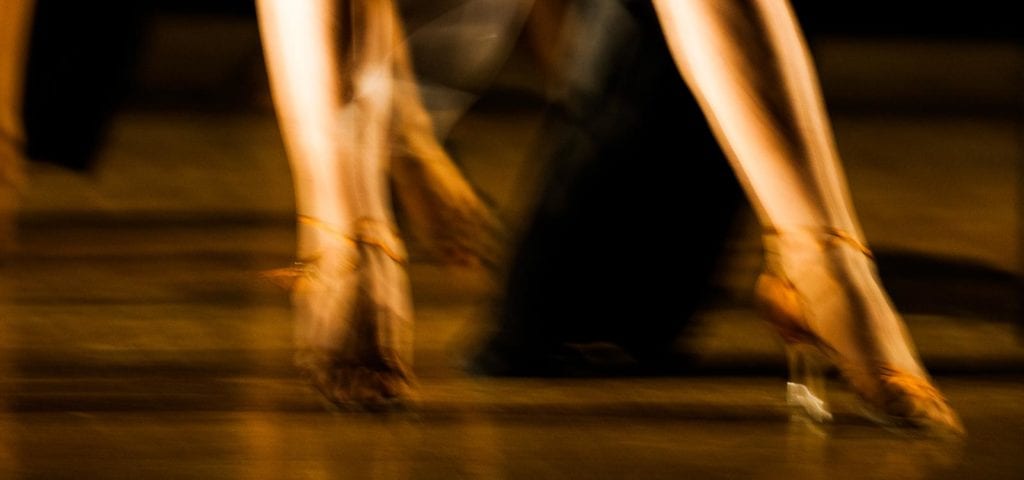
From social dancers to competitors, dancers make a number of common mistakes in this classic Latin dance. Are you making any of these errors?
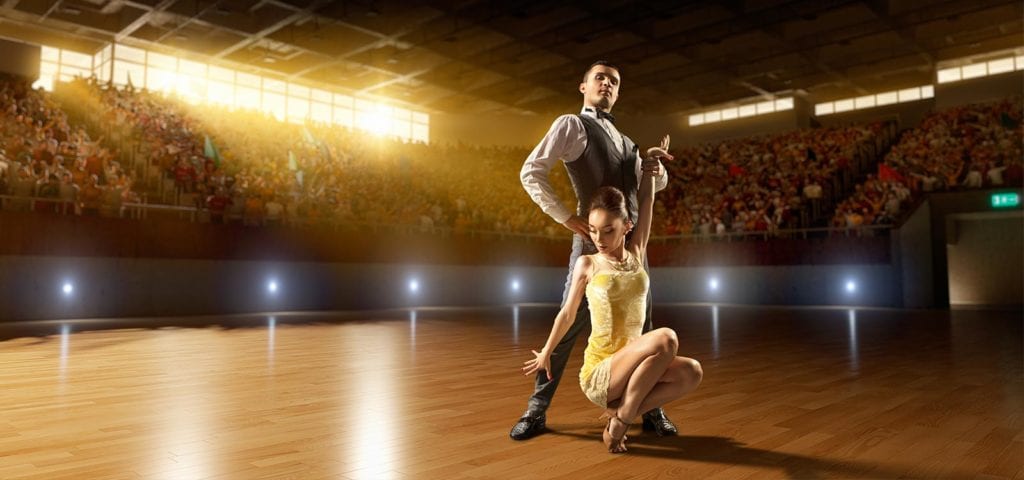
Dancers are always learning technique. So how can we learn to stop thinking so that we can ignore all that technique long enough to enjoy the dancing?
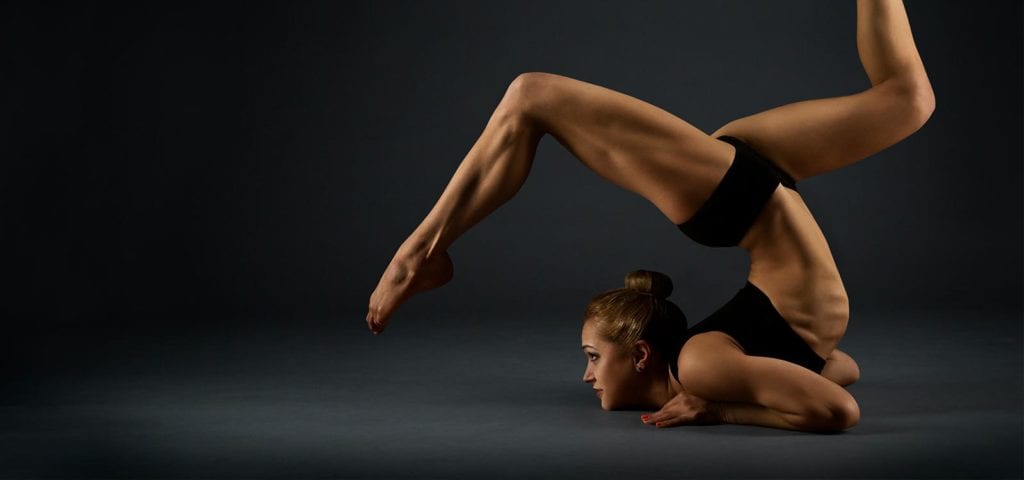
A number of muscles are used in ballroom dancing to create the beautiful shapes and movement we see on the floor. Here’s a guide to preparing your muscles for dance.
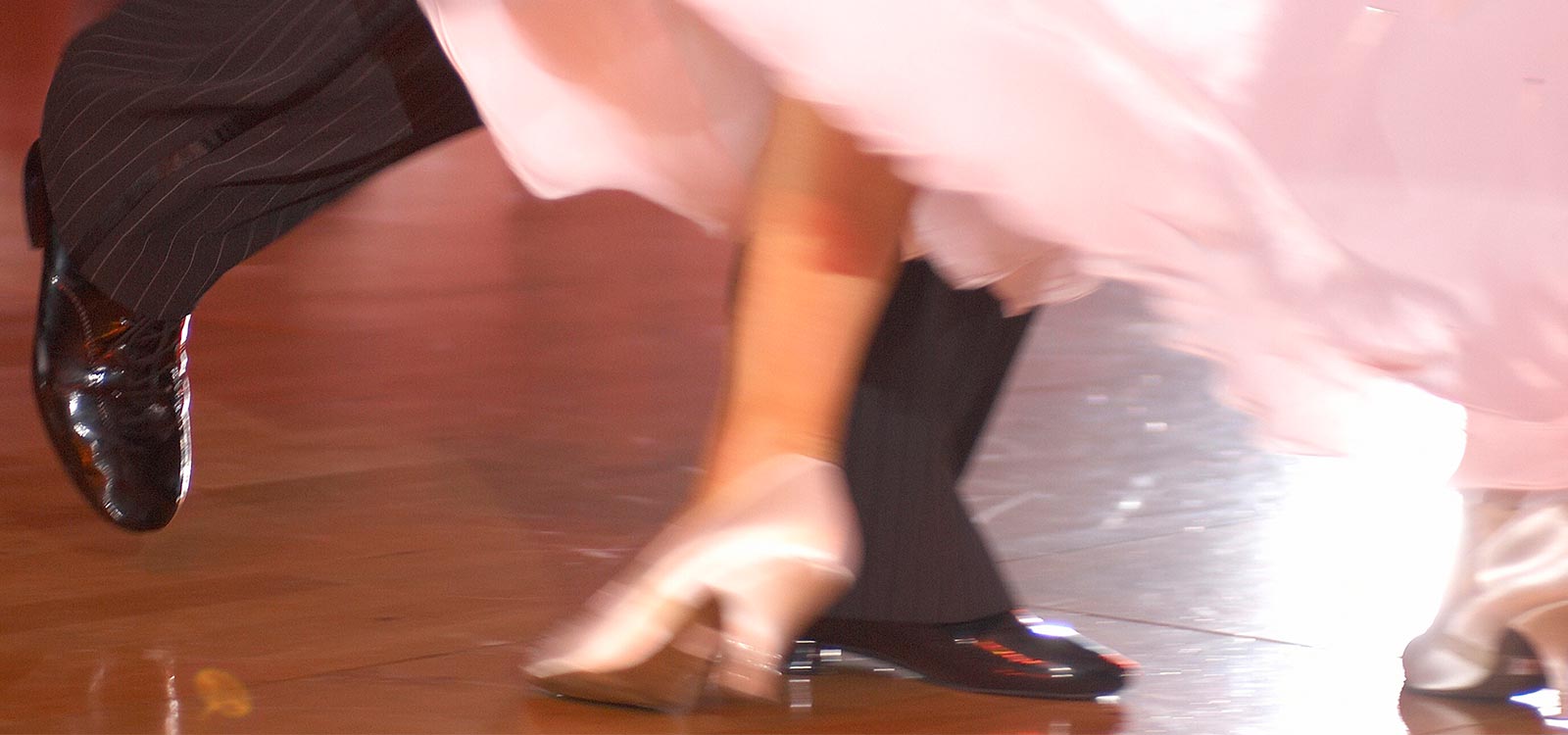
The Turning Lock to Right is a complex figure that is often led incorrectly for all the right reasons. Here’s what you need to know.

You’ve walked since you were a year old, so chances are you don’t spend much time thinking about it. Take a moment to analyze how you walk. Your dancing will thank you.

Just like other dances, the Slow Waltz has phrasing that is often ignored or misunderstood. Here are some tips to use that phrasing to dance a more beautiful, conversational Waltz.
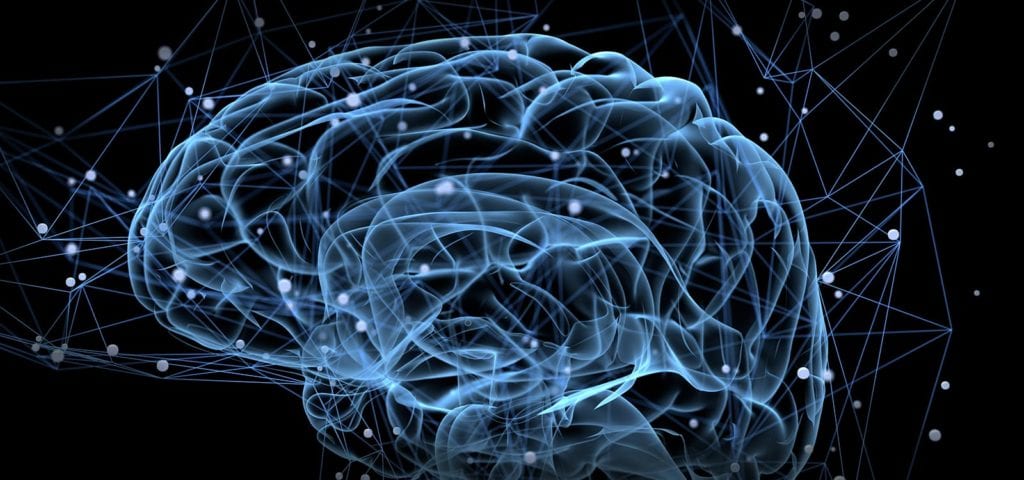
When you first learn a new activity, you do so consciously. As a result, you are slow and inefficient. Unconscious subroutines are just the opposite, fast and efficient. Here’s why it matters.
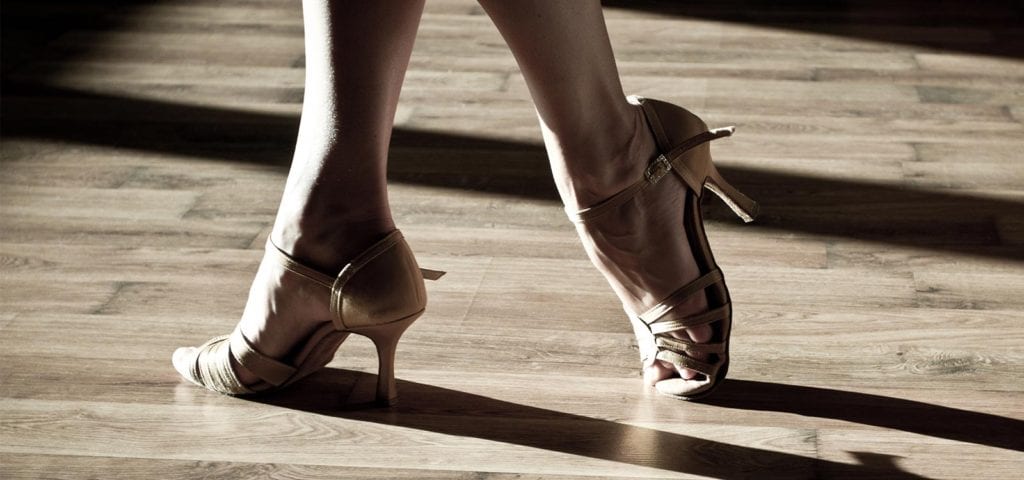
Rumba Walks are often danced poorly, especially by social dancers. This article is designed to help you better understand how to get the look that you see from top dancers.
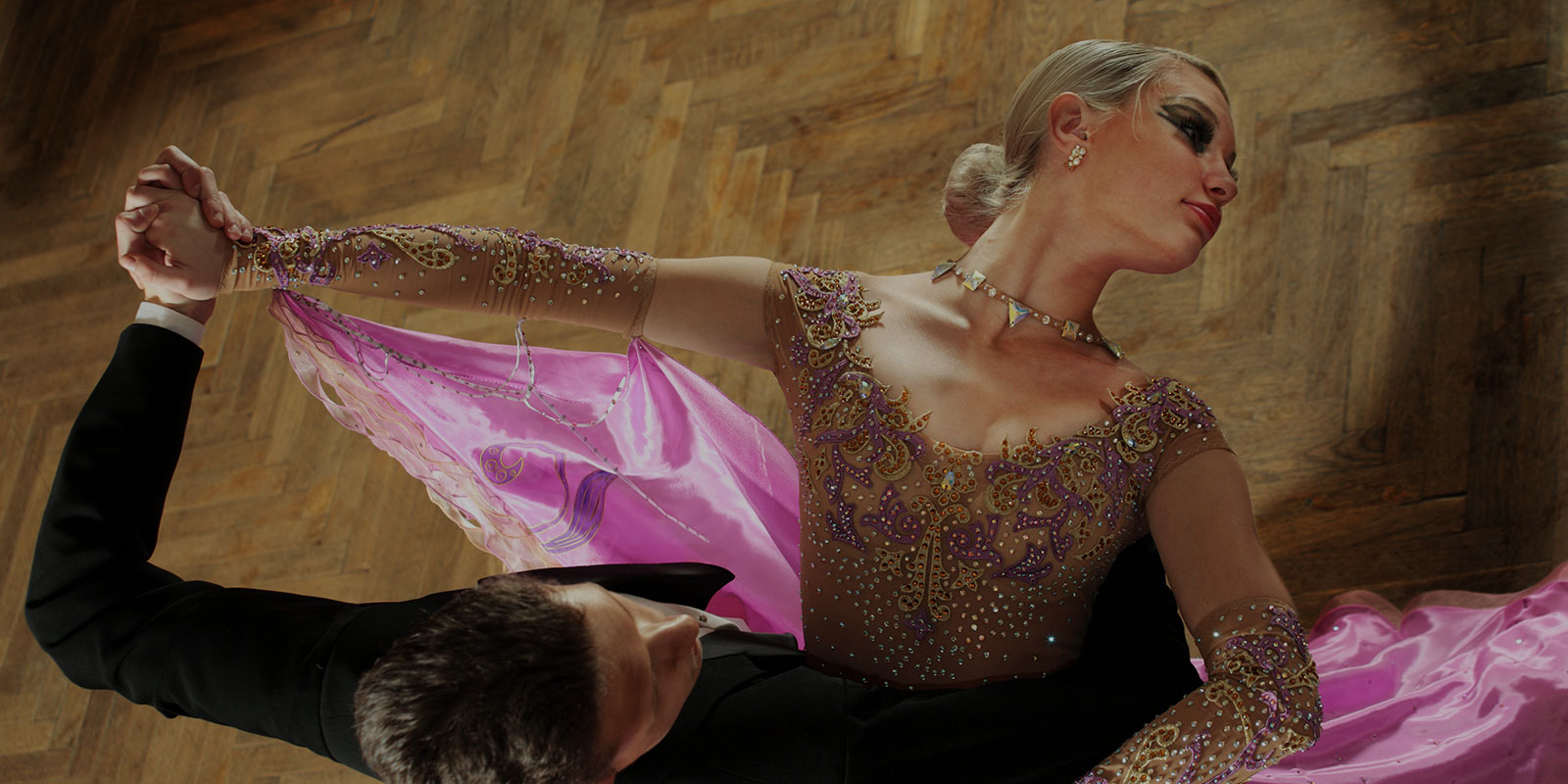
We see the beautiful stretch that top lady dancers apply when ballroom dancing. Here’s a handy guide to help ladies better understand how to create that stretch.
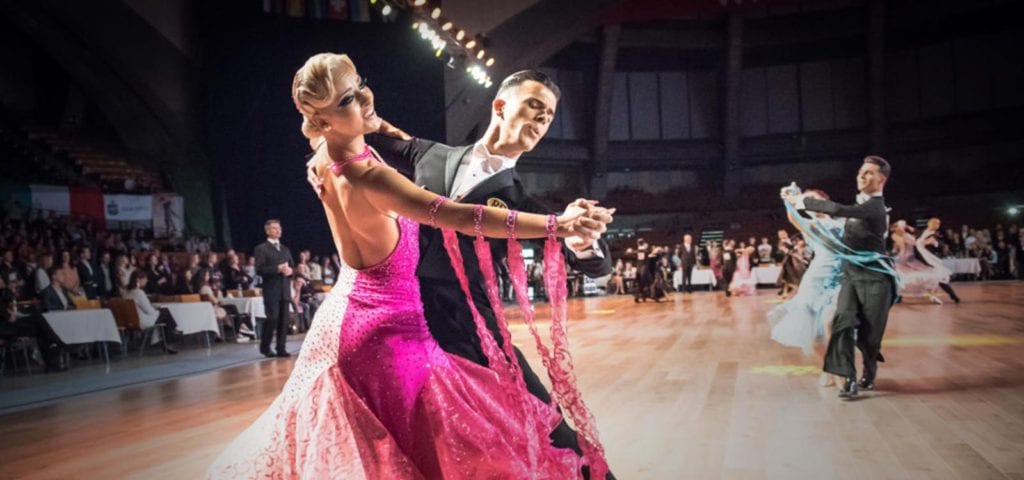
The Quickstep is lively and fun. But too much of today’s choreography has lost the real beauty of Quickstep, which is in the musical contrast.
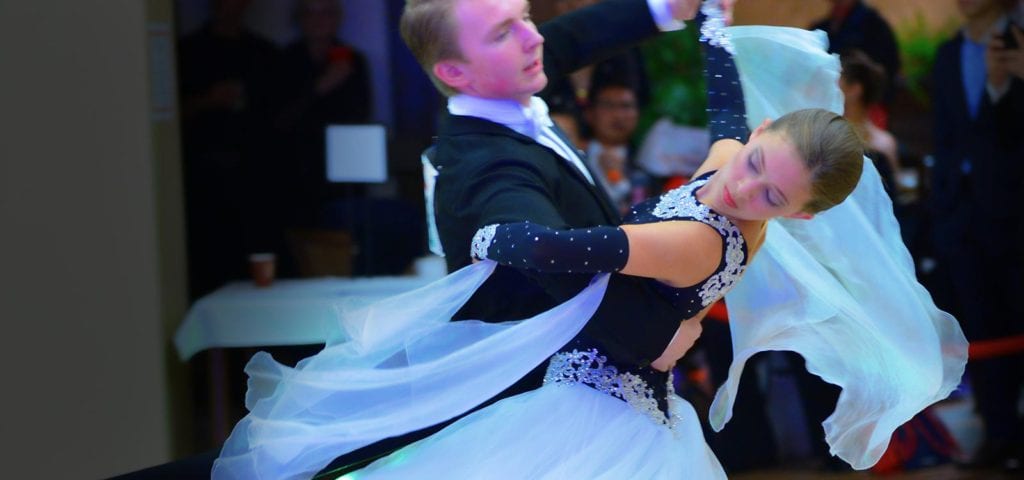
The Viennese Waltz is a beautiful dance with a long history. The basic dance consists of only three steps but is danced incorrectly far too often. Here are some insights to improve your Viennese Waltz.
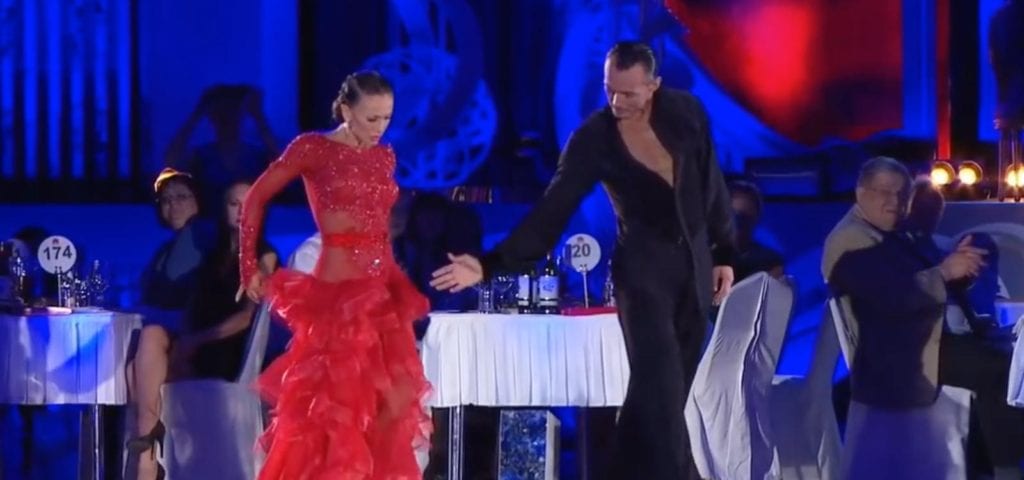
A review of some of the key aspects of the character of Paso Doble, one of which in particular is becoming rare in today’s performances.
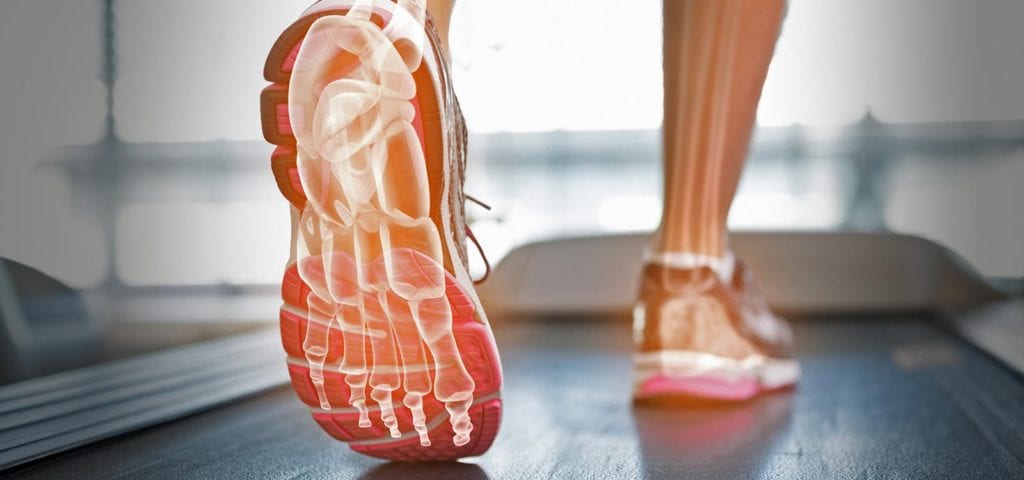
Far too many dancers use “Latin” or Ballet feet in the Standard and Smooth dances. It’s natural to move like this for stability, but it’s ugly and inefficient in those dances. Here’s how to fix it.
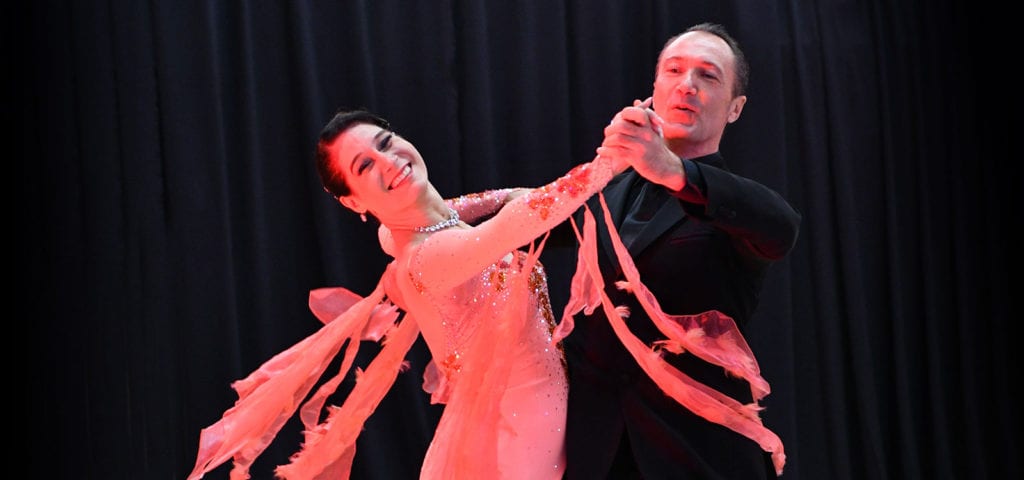
Ever wondered what a dance instructor thinks while watching a competition? Here’s a look into my own thought process from notes at two recent events.
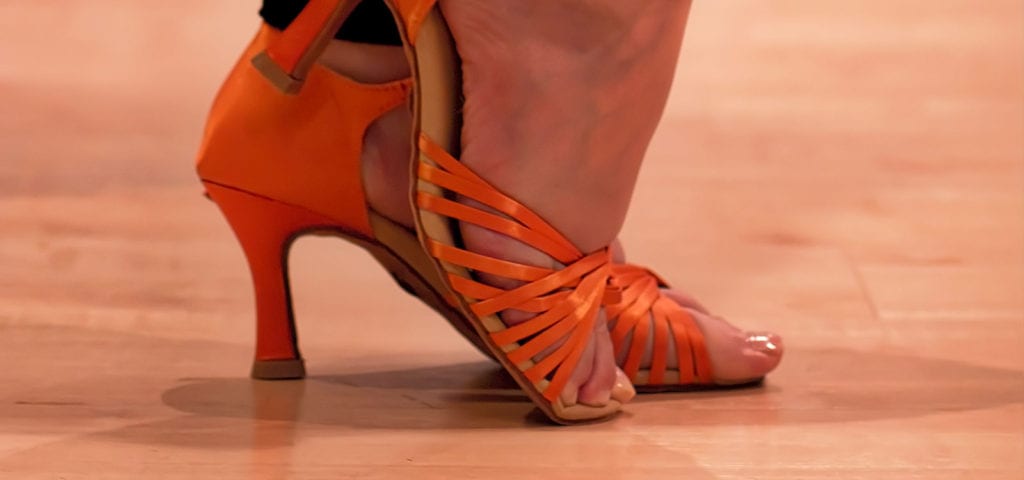
Danced well, the Closed Hip Twist is a beautiful basic step with a great story to it and the potential for a variety of ending actions. But it is danced poorly so often that it’s worth a closer look.

Here are a few important concepts that we regularly share with men to make them more aware of how they can be more successful partners. And in the process, how they can become magnets for the ladies on the dance floor.
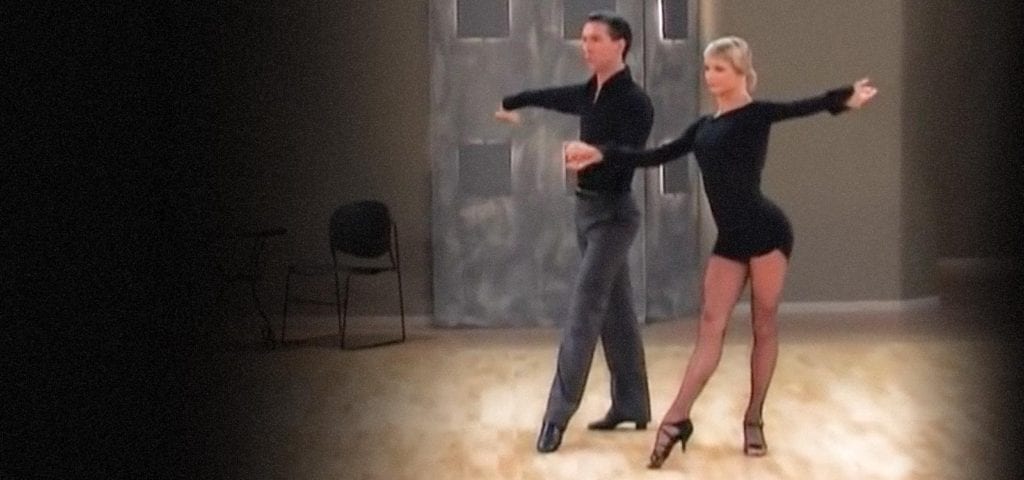
The Hand to Hand is one of the most basic Latin steps, yet I’m always surprised how often it is danced poorly. Here is some information to help you improve your Hand to Hand in Rumba and Cha Cha.
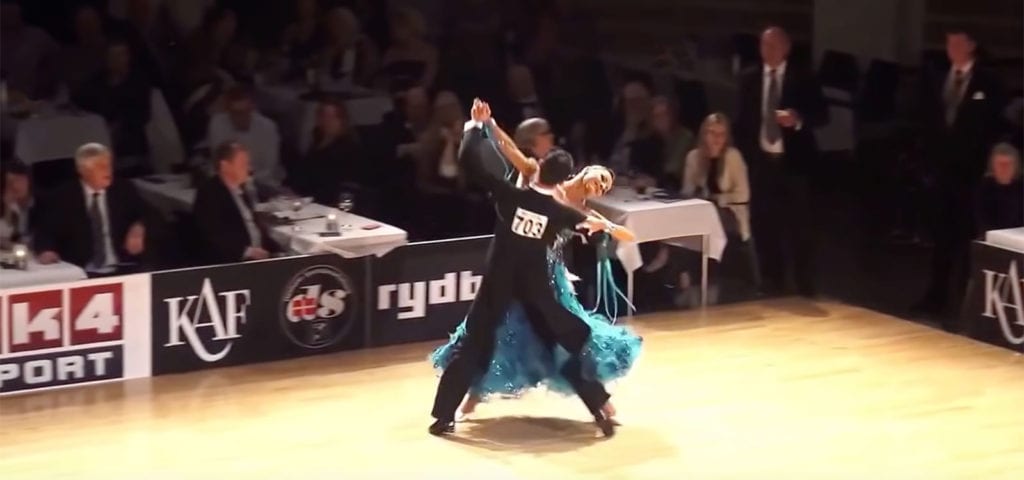
The Waltz Natural Turn may be a simple and basic step but it is danced incorrectly far too often. Here are some insights to dancing a better Natural Turn.
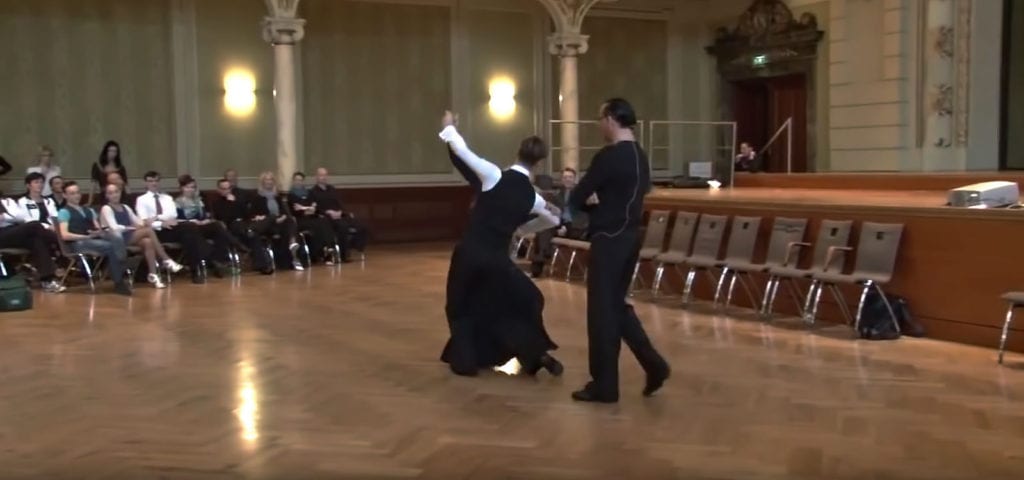
We hear a lot about making our dancing more “dynamic.” What does that mean, and where do we draw the line for excessive styling? Here are some thoughts.
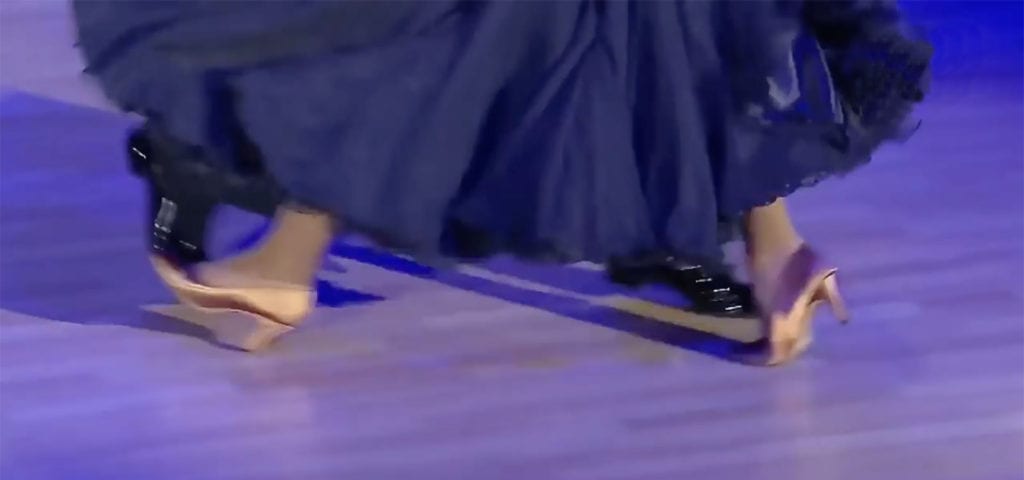
The beauty of Slow Foxtrot is in the long, slow horizontal movement with very gradual, minimal rise that extends the smooth linear action of the dance. So how do you achieve that long, slow movement?